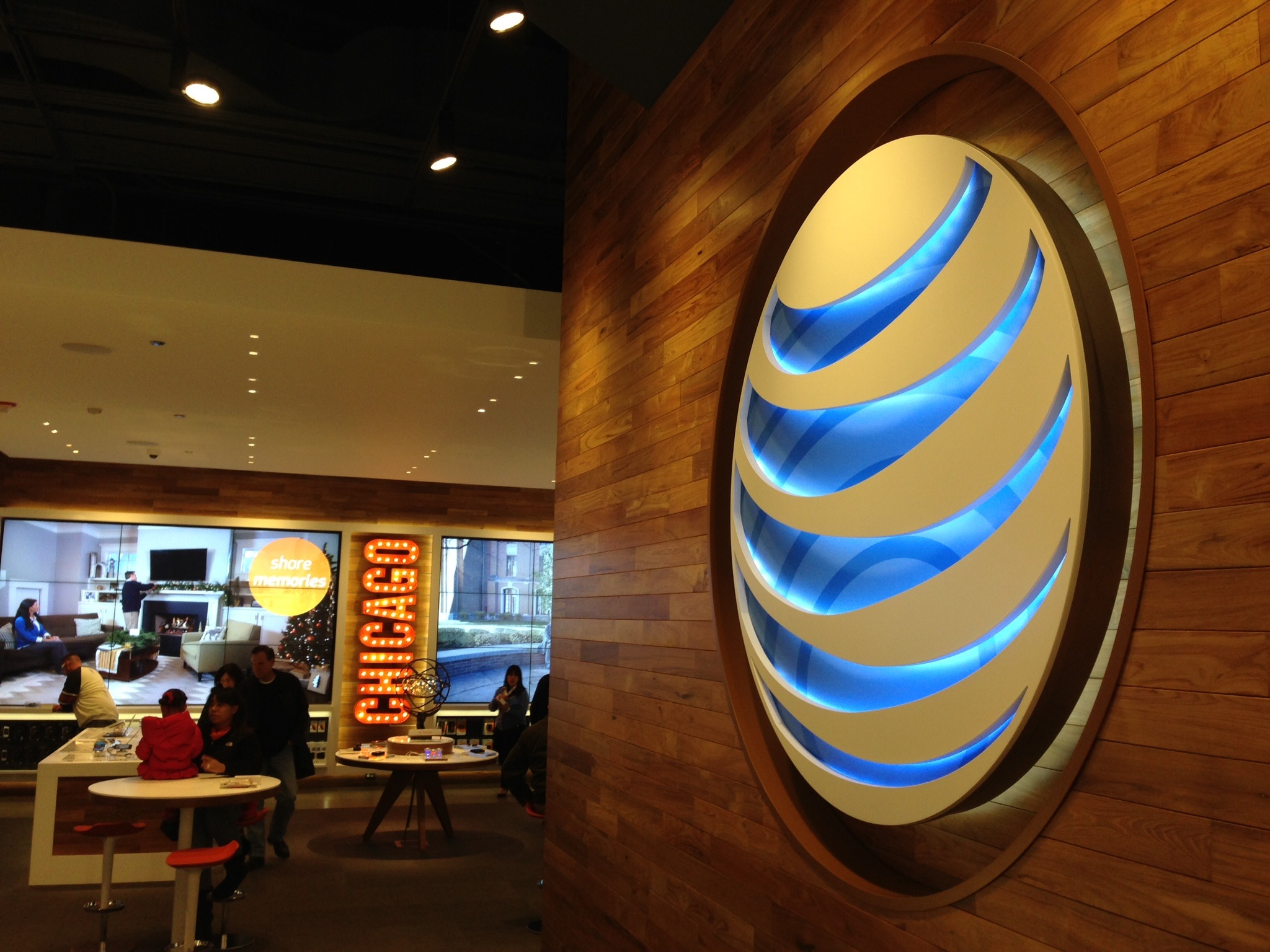
AT&T has had a storied relationship with 5G already, and the network is just now launching the faster wireless coverage to consumers right now. But the good news is that it is finally launching it.
AT&T today has announced that it has officially launched its low-band 5G network for consumers in the United States. The big blue network made this announcement back in November, but, at the time, said that only five cities in the U.S. would be getting 5G coverage to start. AT&T actually doubled that number ahead of the public launch to ten.
Here are the launch cities that have AT&T 5G coverage in some areas:
- Birmingham, Alabama
- Indianapolis, Indiana
- Los Angeles, California
- San Francisco, California
- San Diego, California
- San Jose, California
- Milwaukee, Wisconsin
- Providence, Rhode Island
- Pittsburgh, Pennsylvania
And here is AT&T’s coverage map.
This is AT&T’s low-band 5G network, which utilizes the 850MHz spectrum. This gives the network broader range, but slower speeds than what 5G can really attain. The faster speeds are accessible via mmWave 5G (or Sub-6), and AT&T does plan on launching that coverage for consumers in the future (but that will be labeled 5G+, because why not). It’s technically already available for business customers.
To access AT&T’s 5G network you’ll need the wireless carrier’s Unlimited Extra or Unlimited Elite plans, which start at $75 or $85 per month, respectively. It’s worth noting that these plans do have throttling caps — 50GB and 100GB, respectively. So make sure to keep tabs on your data usage at least to start.
To actually use AT&T’s 5G network you’ll need the Samsung Galaxy Note 10+ 5G, which just went on sale today, too. It starts at $1,300.
AT&T says that the 5G network will continue to expand, with Boston, Massachusetts; Bridgeport, Connecticut; Louisville, Kentucky; New York City, New York; Buffalo, New York; and Las Vegas, Nevada next in the queue.
What about the iPhone? Well, Apple’s smartphones don’t support 5G — yet. However, Qualcomm has confirmed support is in the works, and word on the street has been that Apple plans on launching at least four iPhones with 5G support in 2020. So we don’t have long to wait.
Are you looking forward to 5G iPhones next year?